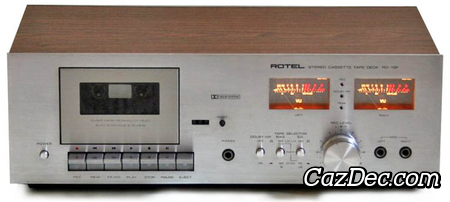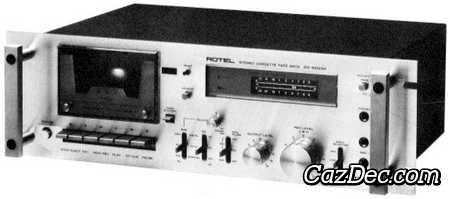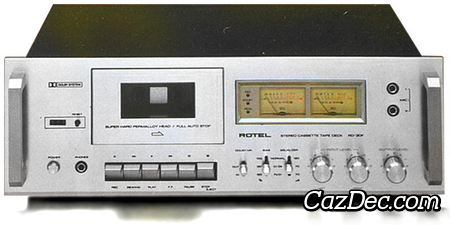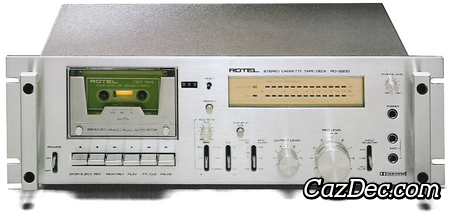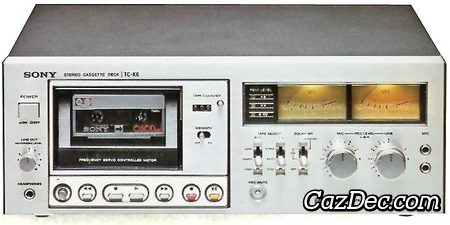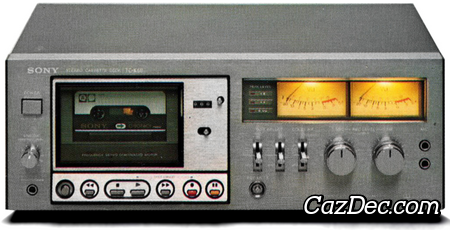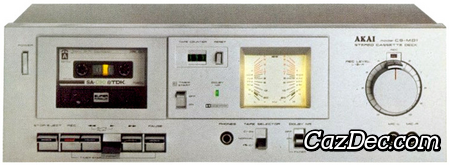
Rotel RD-20 Stereo Cassette Deck
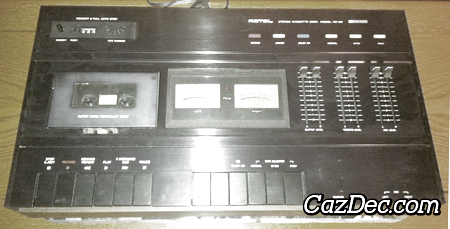

The Rotel RD-20 is a stereo cassette deck with Dolby B noise reduction, it was introduced by Rotel in 1976 with a manufacturer suggested retail price of USD $400 and discontinued 5 years later in 1981.
The main features of the Rotel RD-20 cassette deck are: 2 heads, analog 3 digit tape counter and memory stop, manual tape type selection with support for normal, chrome and ferro-chrome tapes, belt driven single-capstan transport.
Typical of this deck is the 70's top loading layout with the cassette compartiment located on the left side of the deck. Tape eject is operated mechanically and the cassette needs to be placed with the side to be played facing forward in the cassette well.
Level meters used on the Rotel RD-20 cassette deck are analog needle VU reading meters with peak indicator for easy adjustment of optimum recording level. Mechanical transport controls for reliable Rotel RD-20 transport function selection. Cue and review can be used to easily and quickly locate the beginning of a passage.
The Dolby-B system reduces tape hiss on tapes recorded on the Rotel RD-20 by as much as 10 dB at the highest frequencies.
To make live recordings this deck has 2 microphone inputs to connect microphones with a jack connector. For undisturbed listening a jack connector for a pair of stereo headphones is supplied. Connection to other audio components for plaback can be achieved by a RCA cable and recording from a source by a RCA cable.

- Super Hard Permalloy Head
- Memory & Full Auto Stop
Historic events
Features of Rotel RD-20

 2 Mono Microphone Inputs
2 Mono Microphone Inputs
 RCA Input/Output Connectors
RCA Input/Output Connectors
 DIN Input/Output Connector
DIN Input/Output Connector
 Headphones
Headphones
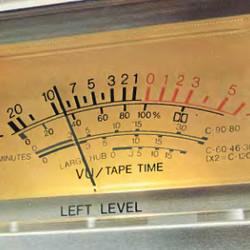
 3-Digıt Mechanical Counter
3-Digıt Mechanical Counter
 Analog Needle Meters
Analog Needle Meters
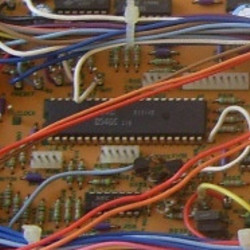
 Peak Limiter
Peak Limiter
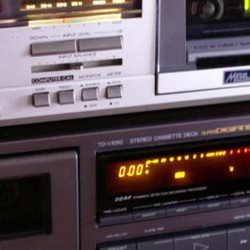
 Orientation Left
Orientation Left
 Top Loading
Top Loading
 Black Finish
Black Finish
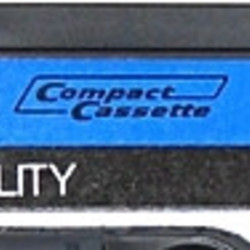
 Stereo
Stereo
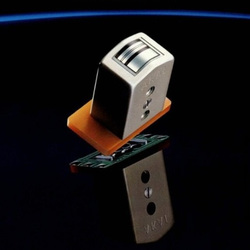
 2 Head Desiǥn
2 Head Desiǥn
 4 Track / 2 Channel
4 Track / 2 Channel
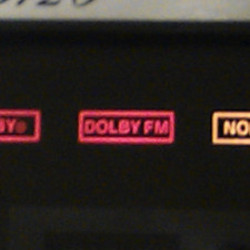
 Record
Record
 Peak Indicator
Peak Indicator
 Dolby B
Dolby B
 Tape Run Indicator
Tape Run Indicator
 Chrome Tape
Chrome Tape
 Ferro-Chrome Tape
Ferro-Chrome Tape
 Normal Tape
Normal Tape
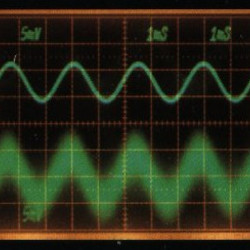
 Dolby-B Noise Reduction
Dolby-B Noise Reduction
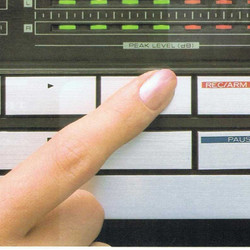
 Cue / Review
Cue / Review
 Memory Stop
Memory Stop
 Mechanical Transport Control
Mechanical Transport Control
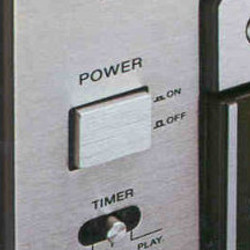
 Alternating Current
Alternating Current
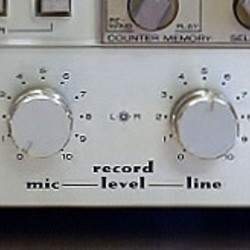
 Individual Output Level Controls
Individual Output Level Controls
 Microphone Level Adjust (Left/Right)
Microphone Level Adjust (Left/Right)
 Individual Input Level Controls
Individual Input Level Controls
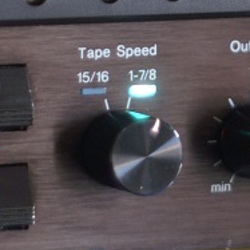
 1⅞ ips - 4.76 cm/s
1⅞ ips - 4.76 cm/s
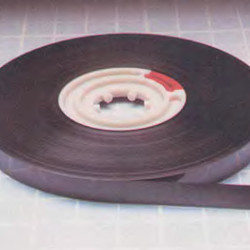
 Manual Tape Type Selection
Manual Tape Type Selection
 Ferro-Chrome Tape Capabilıty
Ferro-Chrome Tape Capabilıty
 Normal Tape Capabilıty
Normal Tape Capabilıty
 Chrome Tape Capabilıty
Chrome Tape Capabilıty

 Auto Shutoff
Auto Shutoff
 Mechanical Tape Loading
Mechanical Tape Loading
 Sìngle Capsŧan Transport
Sìngle Capsŧan Transport
 Belt Drive (Capsŧan)
Belt Drive (Capsŧan)
Similar to Rotel RD-20 from the period 1976 - 1981
Notice on copying anything
Copying Rotel RD-20 information from this site and use it in your auction or on your website is not allowed. A link to this page for Rotel RD-20 is allowed from your website or auction.

